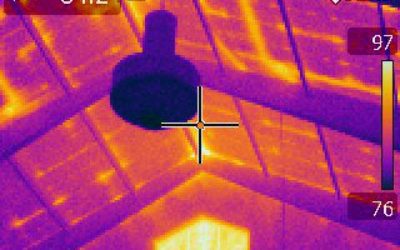As we design new custom homes and renovate existing homes into dream homes, we have to think about...
Energy-efficiency home hacks
Here are some energy-efficiency blog posts I have written over the years. I hope these will help you narrow down those vampire loads, cold room mysteries, high energy bill conundrums, and generally help you save money, live more comfortably, and improve your indoor environmental quality.
Is your home keeping you healthy and comfortable while killing the Corona Virus?
So my next call was to Jay Monger at Excel HVAC to discuss options. I knew I wanted a high efficiency system. However, I just purchased a home, so money was tight. We discussed options and he ran a Manual J load calculation to verify the size of the air conditioner needed. If your HVAC company does not run a Manual J – then they are guessing at the size needed. He recommended a Mitsubishi Heat Pump for my efficiency and comfort goals. He also recommended a MERV 16 5″ media filter and an APCO Fresh-Aire UV light.
Heating and Cooling supply vents are almost never installed right
Heating and Cooling supply vents Heating and cooling supply vents are almost never installed right...
Green Term Defined: HVAC (Heating, Ventilation, Air Conditioning System)
HVAC stands for the Heating, Ventilation, and Air Conditioning system in your home or business....
Green Term Defined: HVAC (Heating, Ventilation, Air Conditioning System)
HVAC stands for the Heating, Ventilation, and Air Conditioning system in your home or...
Your heating and cooling system should be inside your thermal envelope or you are wasting money
Your heating and cooling system should be inside your thermal envelope or you are wasting money....
5 Easy way to cut your monthly electric bills this winter that you might not know
In the average new home with a forced air heating and cooling system, 30% of the air...
Why is a properly sized HVAC system important?
Why is a properly sized HVAC system important? Efficiency: You wouldn't purchase a jet airplane to...
Save Money, Improve Comfort – How to improve your Heating and Cooling system
Your heating (ventilation) and cooling system uses more energy than anything else in your home....




